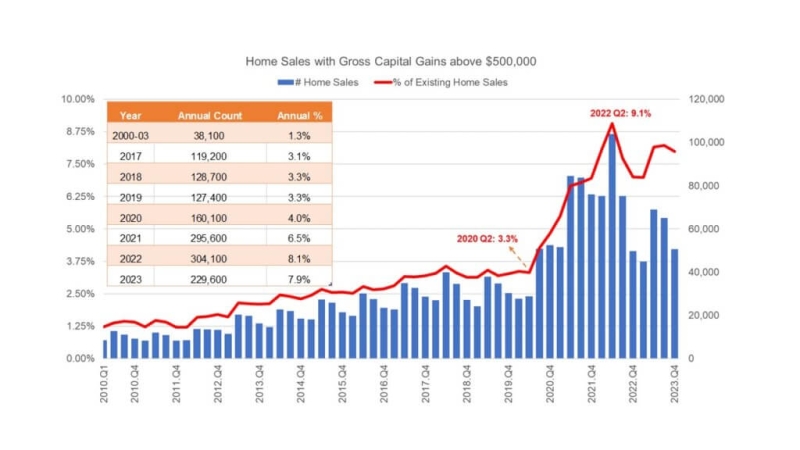Advertisement
Home Sales Nationwide Fall 0.1 Percent in Q4

U.S. house prices fell modestly in the fourth quarter of 2011 according to the Federal Housing Finance Agency’s (FHFA) seasonally-adjusted purchase-only house price index (HPI). The HPI, calculated using home sales price information from Fannie Mae- and Freddie Mac-acquired mortgages, was 0.1 percent lower on a seasonally adjusted basis in Q4 than in the third quarter.
On an unadjusted basis, prices fell 1.1 percent during the quarter. Over the past year, seasonally adjusted prices fell 2.4 percent from the fourth quarter of 2010 to the fourth quarter of 2011. FHFA’s seasonally adjusted monthly index for December was up 0.7 percent from its November value. On a not-seasonally adjusted basis, prices were flat over the November to December period.
“While FHFA’s national index shows a two percentage point price decline over the latest four quarters, 12 states and the District of Columbia posted price increases,” said FHFA Principal Economist Andrew Leventis. “When coupled with the fact that about half of all U.S. states saw price increases in the latest quarter, this growth adds to mounting evidence that real estate markets are seeing at least some signs of life.”
FHFA’s expanded-data house price index, a metric introduced in August that adds transactions information from county recorder offices and the Federal Housing Administration (FHA) to the HPI data sample, fell 0.8 percent over the latest quarter. Over the latest four quarters, the index is down 2.9 percent. For individual states, price changes reflected in the expanded data measure.
While the national, purchase-only house price index fell 2.4 percent from the Q4 of 2010 to the fourth quarter of 2011, prices of other goods and services rose four percent over the same period. Accordingly, the inflation-adjusted price of homes fell approximately 6.2 percent over the latest year.
Significant findings of the FHFA's Q4 HPI include:
►The seasonally adjusted purchase-only HPI rose in the fourth quarter in 27 states and the District of Columbia.
►Of the nine Census Divisions, the West South Central Division experienced the strongest prices in the latest quarter, posting a 1.1 percent price increase. Prices were weakest in the Middle Atlantic Division, where prices fell 1.2 percent.
►As measured with purchase-only indexes for the 25 most populated metropolitan areas in the U.S., four-quarter price declines were greatest in the Chicago-JolietNapervile, Ill. area. That area saw price declines of 9.8 percent between the fourth quarters of 2010 and 2011. Prices held up best in Warren-Troy-Farmington Hills, Mich., where prices rose 3.5 percent over that period.
About the author





